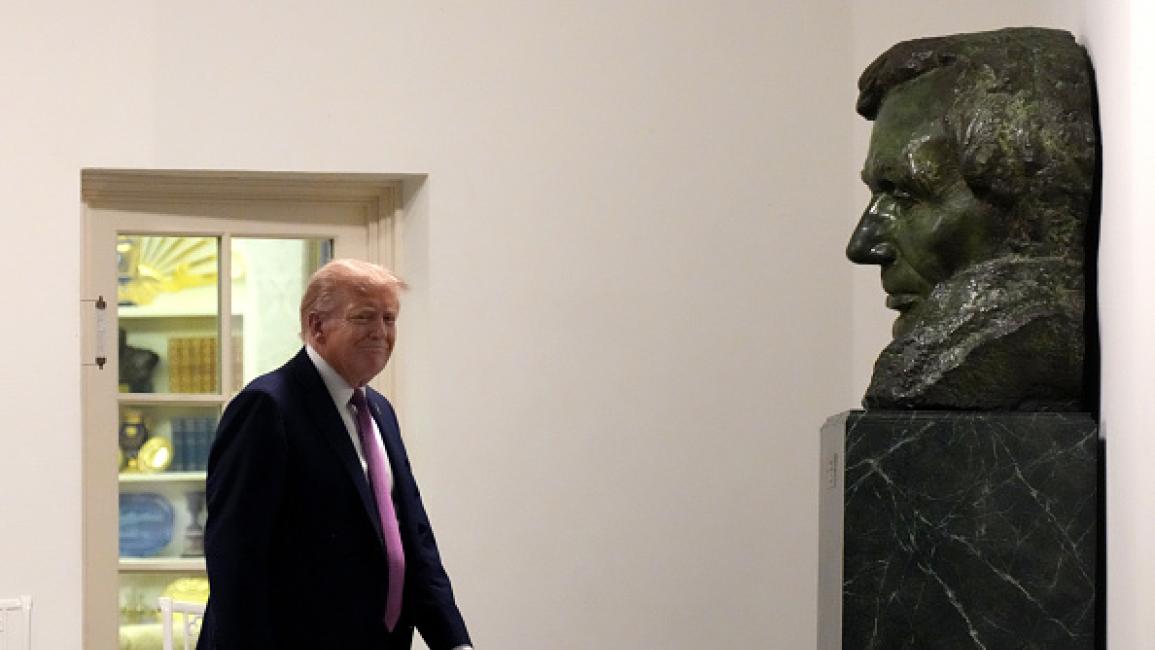Central Bank Digital Currency Race: Is the U.S. Dollar Under Threat?

In recent years, the world has witnessed an unprecedented surge in interest in Central Bank Digital Currencies (CBDCs). While cryptocurrencies like Bitcoin and Ethereum have captured headlines for over a decade, the race among central banks to develop their own digital currencies could be far more transformative — and potentially more disruptive to the global financial system. According to Economy reports, the stakes are high: economic sovereignty, monetary control, and the future of the U.S. dollar as the world’s reserve currency may hang in the balance.
The Global Push for CBDCs
From China’s e-CNY to the European Union’s digital euro, central banks are moving quickly to explore or deploy national digital currencies. Unlike decentralized cryptocurrencies, CBDCs are government-backed, offering stability and regulatory oversight. The World section has highlighted how more than 130 countries are in various stages of research, pilot programs, or full-scale implementation.
For many nations, CBDCs represent an opportunity to modernize payment systems, enhance financial inclusion, and reduce the reliance on physical cash. For others, it’s about geopolitical competition — securing an advantage in global trade and finance.
China’s Head Start
China’s early rollout of the e-CNY has given it a significant edge in the CBDC race. The digital yuan has been tested in multiple major cities and integrated into apps like WeChat Pay and Alipay. Breaking News coverage warns that widespread adoption of the e-CNY in Belt and Road Initiative countries could gradually erode the dominance of the U.S. dollar in cross-border settlements.
Beijing’s strategic intent is clear: by setting the global standard for CBDCs, it could weaken Washington’s ability to impose sanctions or influence international trade through dollar-denominated systems.
U.S. Hesitation and Strategic Risks
Despite its financial clout, the United States has been slower to develop a digital dollar. Policymakers are divided on the necessity and risks of such a move. Proponents argue that a CBDC would strengthen the U.S. financial system’s resilience, lower transaction costs, and keep the dollar competitive in a rapidly changing landscape. Critics warn about potential privacy concerns, cybersecurity threats, and the risk of disintermediating commercial banks.
U.S News analysts suggest that delay could cost the U.S. its leading role in setting global digital currency norms, leaving room for rivals to shape the rules.
Potential Threats to the Dollar
Historically, the U.S. dollar’s dominance has been supported by a combination of economic size, military power, and deep financial markets. A successful alternative CBDC could chip away at these advantages. If global trade began settling in multiple digital currencies — particularly those outside U.S. influence — demand for dollars could decline, making it harder for Washington to finance deficits and maintain economic leverage.
The Trump News section notes that former President Donald Trump has warned about the dangers of losing dollar dominance, calling it a “strategic disaster” that could undermine American prosperity and security.
Technological and Security Considerations
CBDCs are not merely digital versions of cash; they are programmable money. This capability allows central banks to embed conditions into transactions — for example, restricting how or when funds can be spent. While this opens new possibilities for economic policy, it also raises concerns about government overreach and surveillance.
Cybersecurity is another major issue. A breach in a national digital currency system could cause widespread economic disruption and erode public trust. The U.S., with its highly interconnected financial networks, faces particular vulnerabilities in this regard.
The Geopolitical Dimension
CBDCs could become tools of economic statecraft. Countries could offer favorable CBDC-based payment terms to allies, bypassing traditional banking systems and sanctions regimes. In this context, the CBDC race is not just about efficiency — it’s about power.
World analysts note that smaller nations are watching closely, eager to align with the dominant digital currency system of the future, much like they once aligned with the dollar.
Conclusion: Adapt or Fall Behind
The CBDC race is accelerating, and the consequences for the U.S. dollar are profound. While the dollar is unlikely to lose its reserve currency status overnight, complacency could lead to gradual erosion of its influence. For the United States, the challenge is to innovate while preserving the values of openness, stability, and trust that have underpinned its monetary leadership for decades.
Whether Washington embraces a digital dollar or not, the world’s financial architecture is changing. Those who shape the standards today will wield the economic power of tomorrow.




